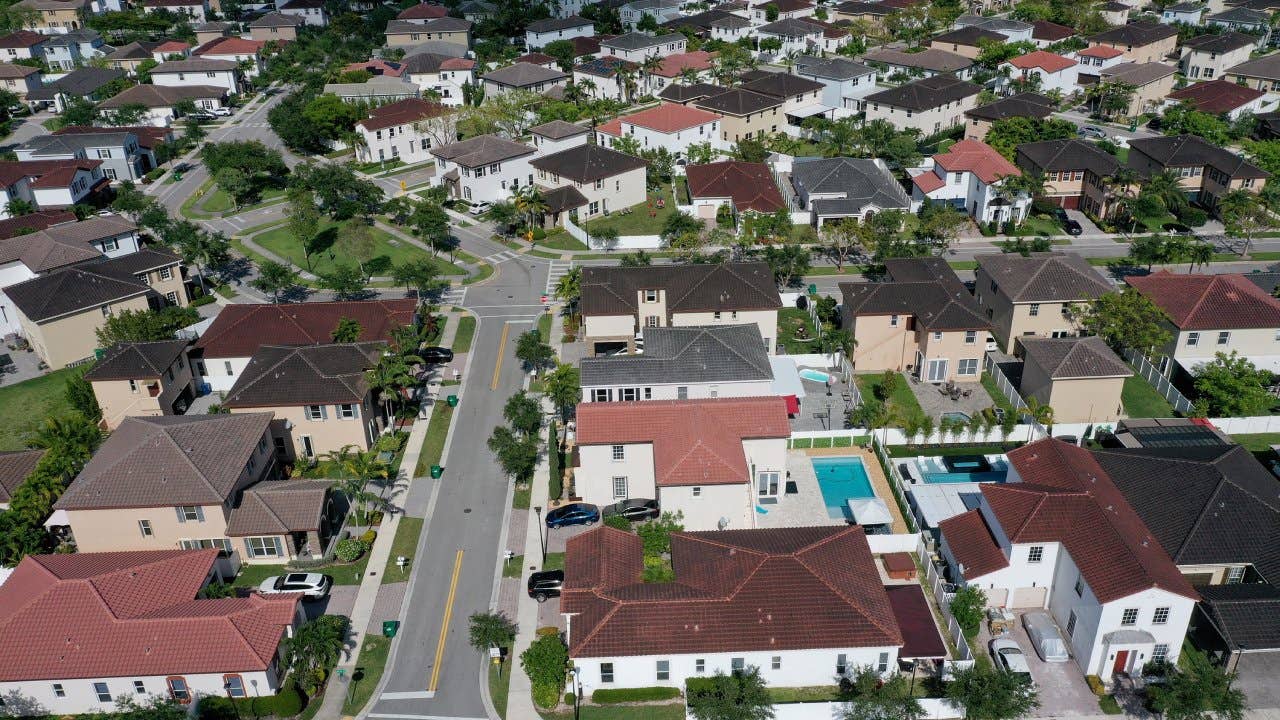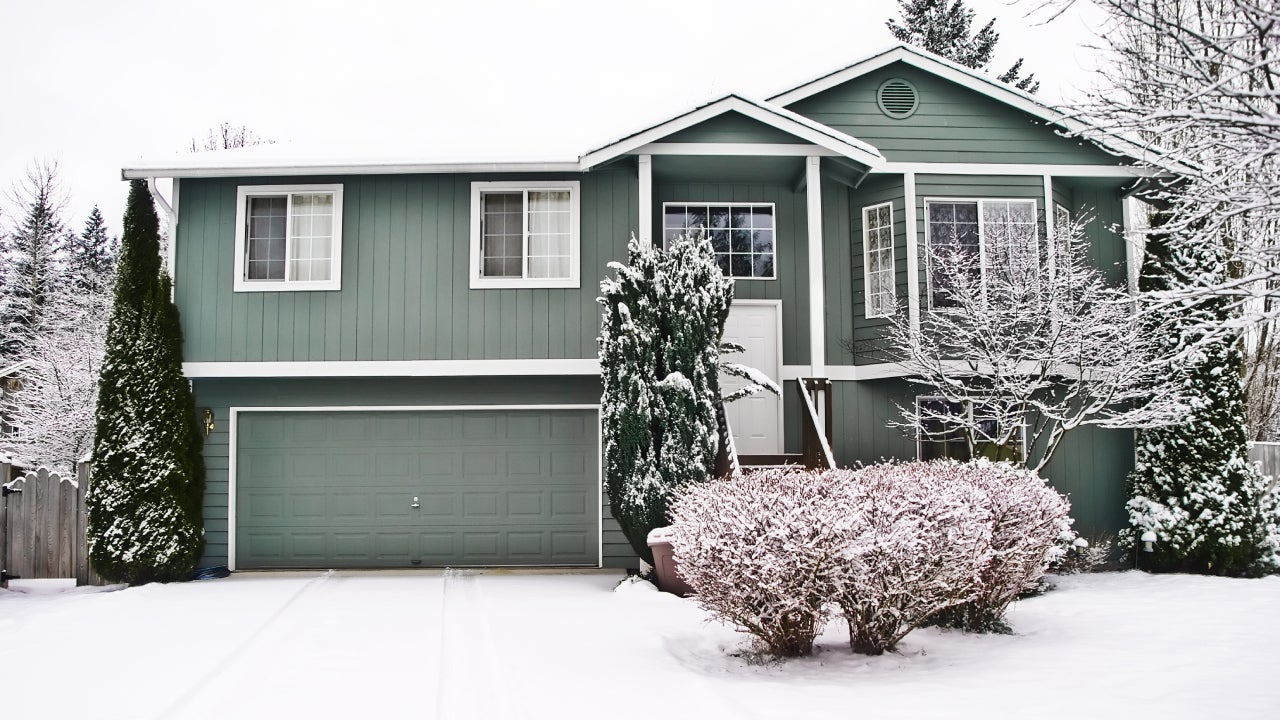How far will home prices fall? Some say 20% or more is possible

As the U.S. housing market continues to cool, a growing number of forecasters say homeowners could soon experience significant price declines. These analysts look at the record run-up in home prices during the COVID pandemic and say a drop of 20 percent or more looms in the near future.
“We’re at very, very frothy levels right now,” says James Knightley, chief international economist at ING Bank, the global financial institution. “Prices do tend to overshoot to the downside.”
Knightley isn’t the only analyst to predict a sharp decline in home values coming soon. “For affordability to come back to 2020 [levels] at current interest rates, housing prices have to decline more than 40 percent,” says Vitaliy Katsenelson, CEO and chief investment officer at Investment Management Associates.
The housing market boom slows
The real estate market caught fire in the spring of 2020 and continued to blaze through mid-2022. Fueled by record-low mortgage rates and pandemic-induced migration, home values soared. Inventories hit record lows. Bidding wars became common. That mismatch between supply and demand led to skyrocketing prices.
In March 2020, the start of the pandemic in the U.S., the median price of an existing home was $280,700, according to the National Association of Realtors. By June 2022, that number had soared to $413,800, a 47 percent increase — and a new record.
In mid-2022, however, the housing market started cooling. Mortgage rates shot past 7 percent, and home values began to retreat in some markets. Meanwhile, home sales have fallen for eight consecutive months, a trend that indicates values have grown too rich for many Americans.
“Prices have to fall substantially in order to restore equilibrium,” Ian Shepherdson, chief economist at Pantheon Macroeconomics, wrote in an analysis in late October. “The supply curve for housing is not flat, so the plunge in demand will drive prices down.”
Price-to-income ratios are out of whack
The pessimists compare home prices to median incomes, a basic measure of affordability. If the median home price is $360,000, for instance, and median family incomes are $90,000, then the price-to-income ratio is 4.
During the pandemic, Americans experienced some boosts to income, but their homebuying power shot up mostly because of the plunge in mortgage rates. That allowed buyers to absorb large increases in home prices — and sent the price-to-income ratio above the levels seen during the housing bubble of 2005 to 2007, Knightley says.
“We’ve gone from 4 to 5.3 in the space of two years. That is a shockingly large number,” he says. “The worrying thing is, to get back to 4, we need home prices to fall 20 to 25 percent.”
The dramatic rise in mortgage rates means monthly payments have soared. Borrowing $400,000 at a 3 percent rate, for example, would mean a monthly payment of $1,686. Taking a 30-year loan for the same amount with a 7 percent rate drives the payment to $2,661. That’s an increase of nearly $1,000 a month.
“It comes down to, who is going to [be able to] afford these mortgages?” Knightley asks. “The pool of people who can afford that is rapidly shrinking.”
Shepherdson also points to the price-to-income ratio as a warning of a decline in home values. “We expect a drop of 15 to 20 percent over the next year, in order to restore the pre-COVID price-to-income ratio,” Sheperdson writes.
A decline in values could spell trouble for those who bought at the peak of the housing market, and especially those who bought with low down payments. For the overall housing economy, however, an unwinding of the COVID-induced housing frenzy could prove healthy.
“If you’re a first-time buyer, it’s just immensely challenging,” Knightley says.
A more optimistic housing market view
Even the pessimists acknowledge that the U.S. housing market has many things going for it. On the supply side, there’s no glut of homes for sale. New building fell to historically low levels after the Great Recession, and have stayed low. Meanwhile, many homeowners who would sell in normal times are staying put. They don’t want to give up their low-rate mortgages, creating a “seller’s strike.”
And on the demand side, the huge Millennial generation is in its prime buying years, and the U.S. has seen a surge in its Hispanic population, a demographic group that also values homeownership.
With those factors serving as a safety net, many housing economists expect only a minor correction in home prices. The Mortgage Brokers Association, for example, predicts no drop in home values nationwide. The National Association of Realtors calls for a retreat in the single digits, while the National Association of Home Builders predicts a decline of perhaps 10 percent.
Lisa Sturtevant, chief economist of Bright MLS, a multiple listing service operating in seven states, sums up the consensus view.
“Home prices will fall from their peaks, but the fact that there is contraction on both the demand and supply side of the equation means that price drops will not be severe,” Sturtevant says. “It is a very different market than we had in 2008, when demand dried up and inventory surged as foreclosures, short sales and new construction flooded the market.”
The pessimists aren’t buying that view, though. “I’m just very, very skeptical of this notion that we’re going to see price declines of zero to 5 percent to 10 percent,” Knightley says. “I’d like to see zero, but I struggle to see that as the outcome.”






